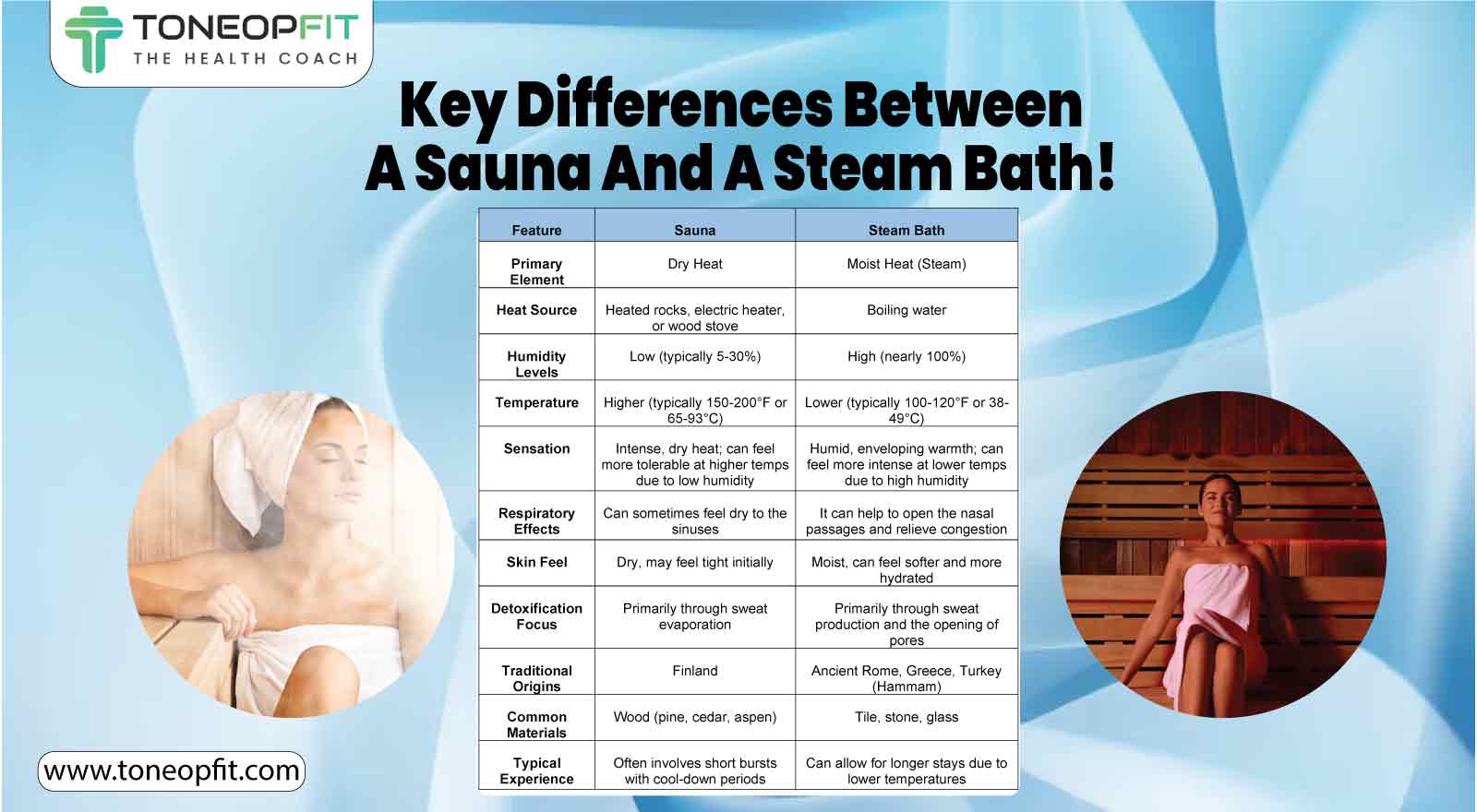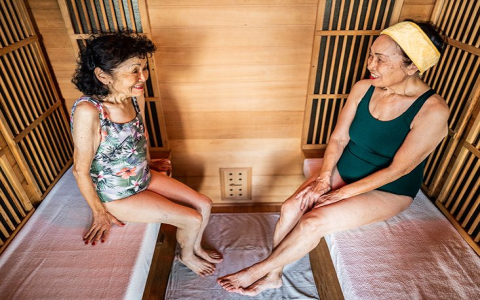Alright, so people often ask me, “Hey, are saunas and those Korean hanjeung things pretty much the same deal?” For ages, I kinda just thought, yeah, hot room, you sweat, what’s the big diff? Man, was I wrong. It took actually going and doing the legwork, or, well, “sweat-work,” to figure it out.
My journey into the world of intense sweating started a while back. I was wound up tighter than a cheap watch, work stress, you know the drill. My usual ways to chill weren’t hitting the spot. A friend kept going on about saunas, how they “sweat out all the bad juju.” So, I thought, why not?
First up, I hit a classic Finnish-style sauna at a local gym. You walk in, and BAM, this wall of dry heat just smacks you. It’s like being in a very clean, very hot, wooden box. Hot rocks piled in a corner, little bucket and ladle if you wanted to make a bit of steam, but mostly, it was just dry, intense heat. You sit, you sweat, you try not to think about how much you’re sweating. Simple enough.
Then, a bit later, I was out with a different crew, and they were all hyped about going to a “jjimjilbang” to experience “hanjeung.” I piped up, “Hanjeung? Isn’t that just a fancy name for a sauna?” They all had a good chuckle at my expense and basically dared me to try it. Challenge accepted, obviously.

So, off I went. And let me tell you, it was a whole different ball game. First thing, they give you these cotton pajama-like outfits to wear. Not stripping down like in the Finnish sauna. Then I went into one of the hanjeung rooms. The heat felt… different. Not just hot air blasting you, but more like this deep, radiant warmth coming from the walls and floor. Some of these rooms are built with special clay, or salt blocks, or charcoal. The air felt a bit heavier, maybe a tad more humid than the bone-dry sauna, but definitely not a steam room. It was an intense, penetrating heat.
It really got me thinking, and after a few more trips to different spots, trying to really nail down what was what, here’s the breakdown from my own experience:
- The Heat Itself: That Finnish sauna I first tried? Mostly dry heat, and it gets seriously hot. You can toss water on the rocks for a quick steam blast, but “dry” is the main word. The hanjeung, especially the traditional kiln types, use radiant heat from heated stone or clay. It feels like it cooks you from the inside out, more gradually but just as intense, if not more so. Some can have a bit more ambient moisture.
- The Room’s Material: Saunas are pretty much always wood-lined. Cedar is common. Hanjeung rooms, though? They often use materials like clay, stone, salt, jade, or charcoal. The idea is that these materials might add something to the experience, maybe minerals or something. Definitely gives off a different vibe.
- The Vibe and What You Wear: In many Western saunas, you might go nude or just wear a towel. In the jjimjilbang setting for hanjeung, you’re typically given cotton clothes to wear. Plus, the jjimjilbang is often a whole complex with relaxation areas, food, other types of rooms, not just the hanjeung itself. The sauna at the gym was just… the sauna.
- Purpose (as I see it): Both are for sweating, relaxing, sure. But the hanjeung often feels like it’s part of a broader wellness or detoxification ritual, especially with the special materials used in the rooms. The sauna felt more straightforwardly about heat exposure and muscle relaxation.
So, no, they’re not the same thing, not by a long shot. Both will make you sweat buckets, absolutely. But the way they do it, the feeling of the heat, the environment – it’s all quite distinct. It’s like saying a barbecue grill and a microwave are the same because they both heat food. Technically true, but you know they ain’t the same experience.
That’s what I figured out from actually getting in there and trying them. Now, when someone asks if they’re identical, I can confidently say, “Nope!” and tell them they just gotta go experience both. It’s the only way to really get it.

